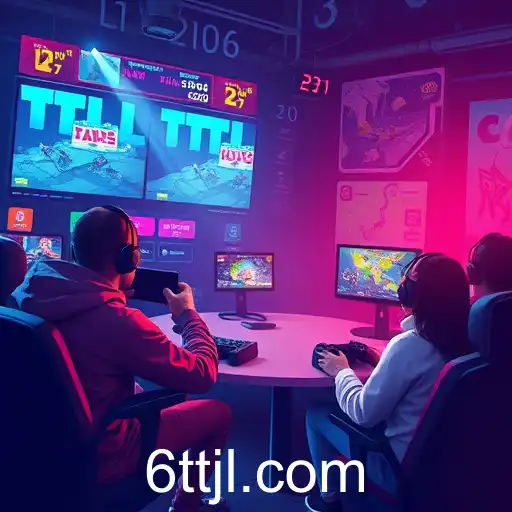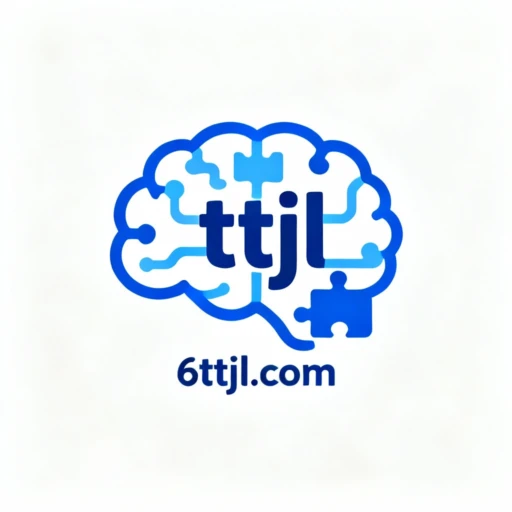
In recent years, the intersection of technology and education has opened new avenues for language learning, particularly with the advent of online gaming. Among these, the mysterious 'ttjl' has gained prominence as a keyword among English game websites, symbolizing a larger trend in digital learning environments.
The year is 2025, a time when digital platforms are increasingly merging entertainment with education. The gaming industry is no longer just about recreation; it has become a vital educational tool, and 'ttjl' serves as a prime example of this evolution. These platforms allow users to enhance their English proficiency through interactive scenarios, simulating real-world conversations and problem-solving activities within a virtual environment.
Commentators suggest that this blending of gaming and learning addresses a fundamental need for engaging educational methods in the digital age. The faster pace of life and technological advancements mean traditional classroom methods can sometimes lag behind. In contrast, games that teach language focus on immediate application and practice, often yielding better results.
Reports indicate that the demographics of these platforms are diverse, spanning various age groups, nationalities, and skill levels. This inclusivity is indicative of the broader trend of global connectivity. Language barriers seem smaller when players interact in a shared gaming experience, learning new vocabulary and cultural nuances naturally as they play.
Dynamics in the field of educational technology continuously evolve, driven by AI and machine learning advancements. These technologies personalize the learning experience, adapting to the user's pace and level. This responsiveness is part of what keeps users engaged, making platforms like those identified by 'ttjl' popular among language learners.
Looking ahead, the potential for growth in educational gaming is enormous. As the world becomes more interconnected, the demand for effective, engaging language learning tools will only rise. Companies and educators will need to address this need by developing innovative solutions that balance educational objectives with the intrinsic enjoyment of gaming.
